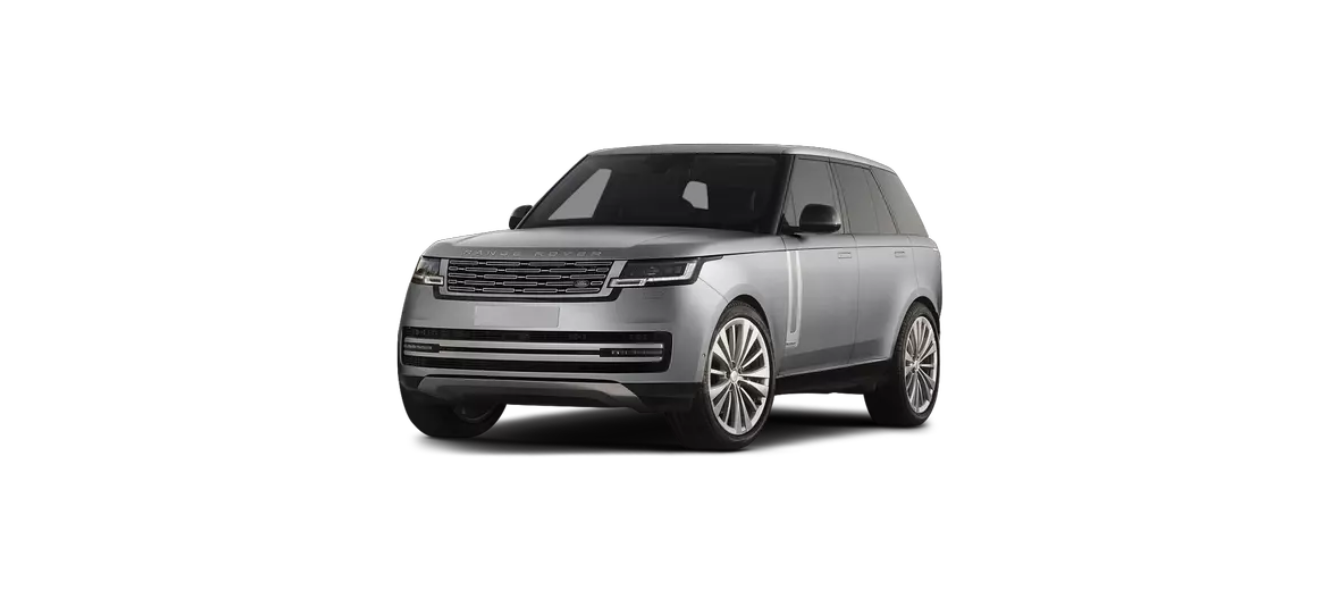2022 Land Rover Range Rover Stability Control

DYNAMIC STABILITY CONTROL (DSC)
The Dynamic Stability Control (DSC) system does not compensate for driver error or misjudgment. The vehicle should be driven with due care and attention at all times. Always drive in a manner that is safe for the vehicle, its occupants, and other road users. Failure to do so can potentially result in a loss of control of the vehicle, which may potentially result in serious injury or death.
In extremely low temperatures the vehicle may initially have reduced stability and braking performance. In these conditions, drive with extra caution. Failure to do so can potentially result in personal injury or vehicle damage.
The DSC system helps to maintain the vehicle’s stability in critical driving situations, e.g., during unstable driving behavior such as understeer and oversteer. If required, the DSC system manipulates the engine’s power output and applies the brakes at individual wheels. Brake noise may be generated during DSC operation. The DSC system also activates if wheel spin is detected, to help improve the vehicle’s progress during acceleration. When the DSC system is active, the amber DSC warning lamp flashes. See DYNAMIC STABILITY CONTROL (DSC) (AMBER).
The DSC system automatically enables when the vehicle’s ignition is switched on.
Make sure that the correct terrain response driving program is selected for the current terrain and driving conditions, or the required driving style. Using an incorrectly selected driving program may adversely affect the correct operation of the DSC system. See TERRAIN RESPONSE OPERATION.
SWITCHING DYNAMIC STABILITY CONTROL (DSC) OFF
The vehicle’s stability and safety may be reduced by inappropriately disabling the Dynamic Stability Control (DSC) system. The result can lead to a possible loss of control of the vehicle, potentially resulting in serious injury or death.
In the majority of driving situations, and particularly on-road, it is recommended that the DSC system is not switched off.
The DSC system cannot be disabled if the automatic (AUTO) terrain response driving program is currently selected.

To switch the DSC system off, press and briefly hold the DSC OFF button, located on the center console.
An audible warning tone sounds. The instrument panel displays the DSC Off message and also illuminates the DSC OFF warning lamp to confirm that DSC is disabled. See DYNAMIC STABILITY CONTROL (DSC) OFF (AMBER).
Switching the DSC system off reduces the level of traction and stability control intervention. Doing so may lead to an increase in wheel spin and a reduction in the vehicle’s stability.
Some driving conditions may require switching the DSC system off, in the event that a correctly selected driving program cannot improve the vehicle’s progress. See TERRAIN RESPONSE OPERATION.
Examples of some driving conditions that may adversely affect the vehicle’s progress include:
- Rocking the vehicle out of a hollow or deep rut.
- Pulling away in deep snow, or a loose surface.
- Driving through deep sand or mud.
Make sure to switch the DSC system back on when the need for switching DSC off has passed.
SWITCHING DYNAMIC STABILITY CONTROL (DSC) ON
The Dynamic Stability Control (DSC) system automatically enables when the ignition is switched on.
Some of the terrain response driving programs automatically switch the DSC system on. See TERRAIN RESPONSE OPERATION.
To switch the DSC system on, press and release the DSC OFF button, located on the center console. See SWITCHING DYNAMIC STABILITY CONTROL (DSC) OFF.
The instrument panel temporarily displays the DSC On message to confirm. The DSC OFF warning lamp also extinguishes. See DYNAMIC STABILITY CONTROL (DSC) OFF (AMBER).
ACTIVE REAR LOCKING DIFFERENTIAL
Vehicles with an active rear locking differential can have improved traction on uneven road surfaces.
In the event of the active rear locking differential overheating or a fault being detected, the instrument panel displays a reduced traction warning message. The vehicle can still be driven, with extra care. If the fault persists, seek qualified assistance as soon as possible.
During the first 1 000 miles (1 600 km):
- Avoid fully pressing the accelerator pedal.
- Do not exceed a vehicle speed of more than 120 mph (190 km/h).
NOTES
Observe the speed limits for the area in which the vehicle is traveling.
- Avoid prolonged periods of driving at speeds in excess of 100 mph (160 km/h).

